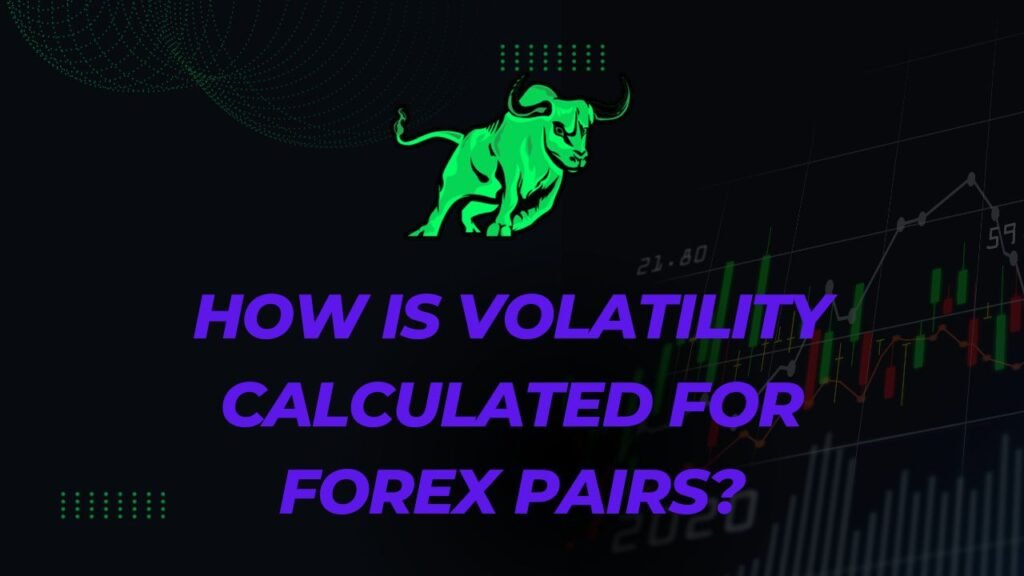
When it comes to navigating the intricate world of Forex trading, understanding volatility is paramount. Volatility, a key concept in financial markets, measures the degree of variation in a trading price series over time. In the context of Forex, where currency values fluctuate constantly, knowing how to calculate and interpret volatility is crucial for making informed trading decisions.
What is Volatility?
Volatility, in simple terms, reflects the level of uncertainty or risk associated with a financial instrument. For Forex pairs, it signifies how much a currency’s value is expected to deviate from its average over a given period. Traders often use volatility as a crucial metric to assess potential price movements and set risk parameters.
Calculating Forex Volatility: The ATR Method
One commonly used method for calculating volatility is the Average True Range (ATR). ATR considers price gaps, providing a more comprehensive picture of market volatility. The formula involves calculating the average range between the high and low prices over a specified period. This period is typically set at 14 days, but traders can adjust it based on their preferences and trading strategies.
The ATR formula can be represented as follows:
ATR = (Sum of |High - Low| for n periods) / n
In this formula:
HighandLowrepresent the highest and lowest prices during a specific period.ndenotes the chosen number of periods.
Interpreting ATR Values
Understanding ATR values is essential for traders looking to gauge volatility. Higher ATR values indicate increased volatility, suggesting potentially larger price movements. Conversely, lower ATR values imply reduced volatility and more stable market conditions.
To enhance comprehension, consider the following ATR interpretation:
- ATR below 0.001: Extremely low volatility
- ATR between 0.001 and 0.005: Low volatility
- ATR between 0.005 and 0.02: Moderate volatility
- ATR above 0.02: High volatility
Using Volatility in Trading Strategies
Markdown allows for clear presentation of key points, making it easier for readers to grasp essential information. Now, let’s explore how traders can leverage volatility in their strategies:
- Setting Stop Loss and Take Profit Levels:
- Utilize ATR to establish appropriate stop loss and take profit levels based on the current market volatility.
- Adapting Position Sizes:
- Adjust position sizes in accordance with volatility. In high-volatility environments, smaller positions may be prudent to manage risk effectively.
- Identifying Trend Reversals:
- Sudden spikes in volatility can signal potential trend reversals. Traders can use ATR to identify such shifts in market sentiment.
Conclusion
In the dynamic realm of Forex trading, understanding and calculating volatility is a skill that sets successful traders apart. The Average True Range method provides a reliable framework for assessing volatility and tailoring strategies accordingly. By incorporating markdown formatting, we’ve simplified complex concepts, enhancing the reader’s comprehension and engagement.
Remember, in Forex, knowledge is power, and mastering volatility opens the door to more informed and strategic trading decisions. Stay tuned for more insights into the fascinating world of financial markets!